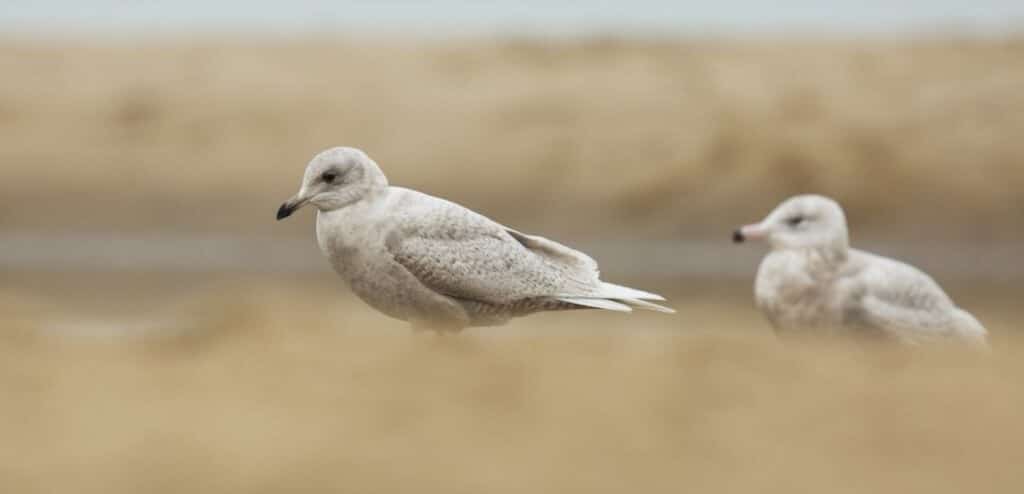How offshore wind development impacts seabirds in the North Sea and Baltic Sea

The massive scale of planned offshore wind development in Europe’s Northern Seas poses a threat to seabird populations.
By Alexa Piggott
Europe holds significant amounts of breeding and wintering seabirds. Many of these perform annual long-distance migrations between their breeding and wintering grounds; others carry out seasonal journeys along our coast lines. These movements put seabirds at potential risk from offshore wind farms development. For example, the Northern Gannet (Morus bassanus) and the Black-legged Kittiwake (Rissa tridactyla) have been identified by scientists as being at high-risk of collision with offshore wind farms that overlap or obstruct breeding, migratory, and wintering habitats.
The European Union’s long term decarbonisation strategy proposes that offshore wind will supply 30% of Europe’s electricity demands by 2050: around 20 times the offshore wind capacity available in Europe today. The decreased reliance on fossil fuels and a shift to renewable energy sources are essential to tackle the climate crisis. But the sheer scale of these development plans, especially when combined with other anthropogenic pressures at sea (oil and gas, shipping, fishing, mineral extraction etc.), cause major concerns on the impact it will have on marine wildlife, and specifically on already threatened seabirds that spend much of their life offshore.
The development of offshore wind farms can have potentially negative impacts on seabirds. Seabirds risk death by colliding with turbine rotor blades and risk being blocked or displaced from important foraging habitats or migration routes, with a linked increase in energy expenditures.
To avoid this, we must plan the development of these offshore wind farms efficiently. The first step should be to place development away from seabird hotspots and critical habitats. Seabird sensitivity maps can help identify these hotspots and inform where there can be new development. Understanding the distribution and abundance of seabirds at-sea is key. We have been working to identify data sources for seabird abundance and distribution in the North Sea and Baltic Sea, and to highlight data availability and data gaps that can inform or hinder marine spatial planning.
There is a vast amount of seabird data currently scattered between various data holders, such as NGOs, statutory nature conservation bodies (SNCBs), government agencies, and offshore developers (a full review of the data sources that we have identified can be viewed in our summary report). A centralised and publicly accessible database combining these datasets will save vital time and resources, make data gaps more obvious, and help prioritise future research. This shared data resource would bolster the regional understanding of seabird movements and distributions and inform appropriate marine spatial planning development to mitigate the negative impacts of offshore wind.
Strong marine spatial planning, based on scientific research and expert knowledge, is needed to reduce the negative impacts of offshore wind development on seabirds. This is an issue that crosses national borders and spans across our ocean basins. The collaboration and data sharing between nations can inform the well-planned expansion of offshore renewables while protecting nature and the marine environment.
Read our report here.
This work has been carried out under the Offshore Coalition for Energy and Nature (OCEaN), a European multi-stakeholder working group, facilitated by the Renewables Grid Initiative (RGI).
Image credit: Iceland Gull – Larus glaucoides ©Sander Meertins
Related news
Stay up to date
Sign up to receive the latest bird conservation news. You’ll also receive updates about our projects, science and other ways to get involved including fundraising.
Thank you for your support, we are committed to protecting your personal information and privacy. For more information on how we use your data, please see our Privacy Policy. You can unsubscribe from emails at any time by using the link in the footer of any email from us.




